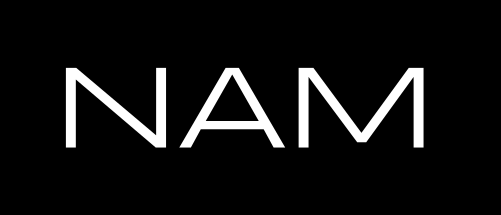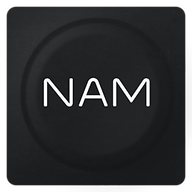Sascha Franck
Goatlord
- Messages
- 10,954
Then again, i tried Two Notes cab sims in the past and always found them to sound great.
Got a whole bunch of them, too (for a while, they were releasing free cabs for their WOS plugin like mad), quite nice. Converted a whole bunch of them into standard IRs because I really liked them.




